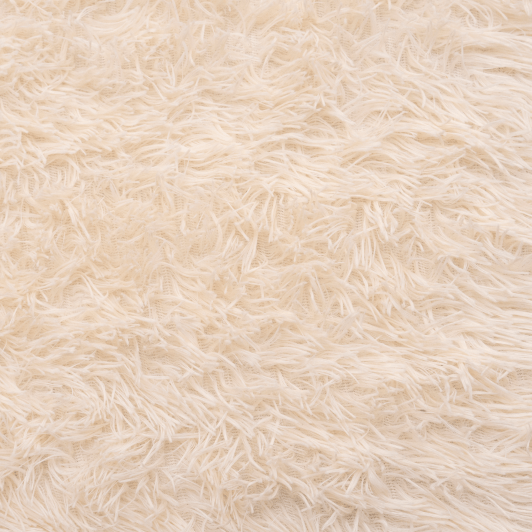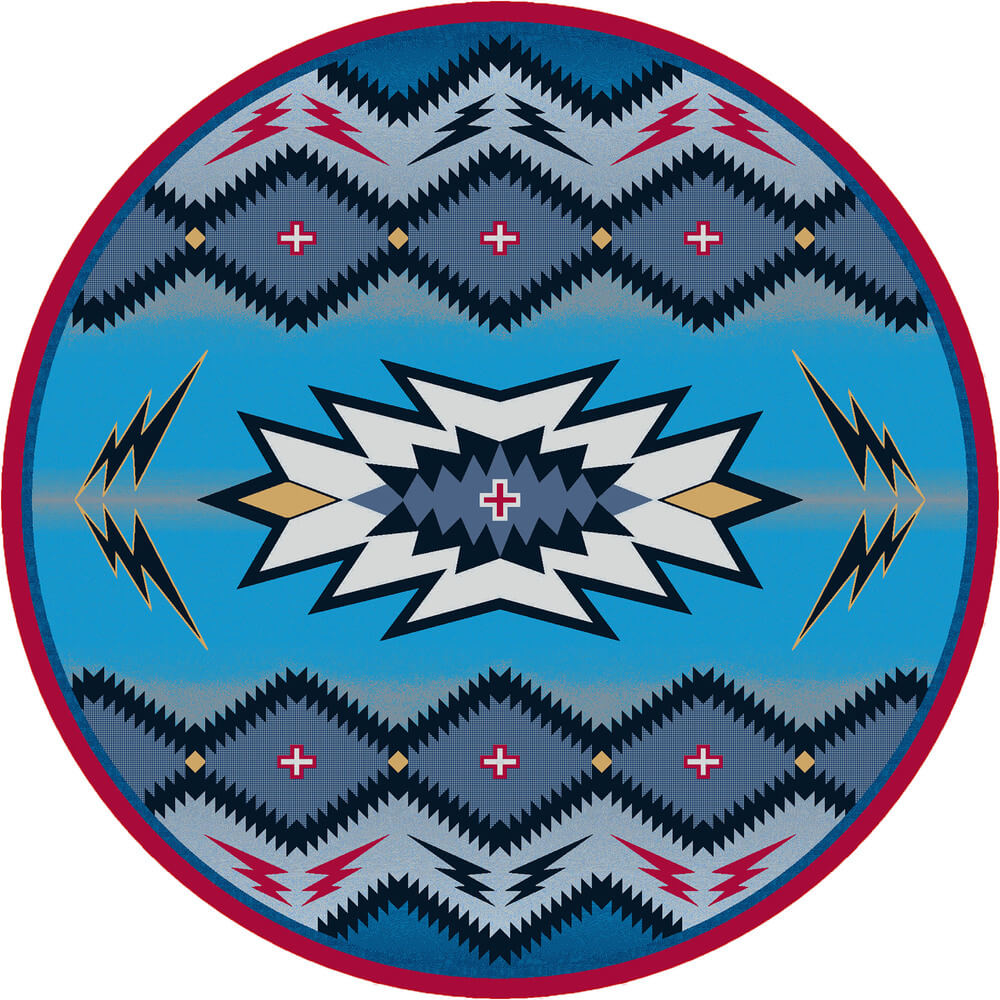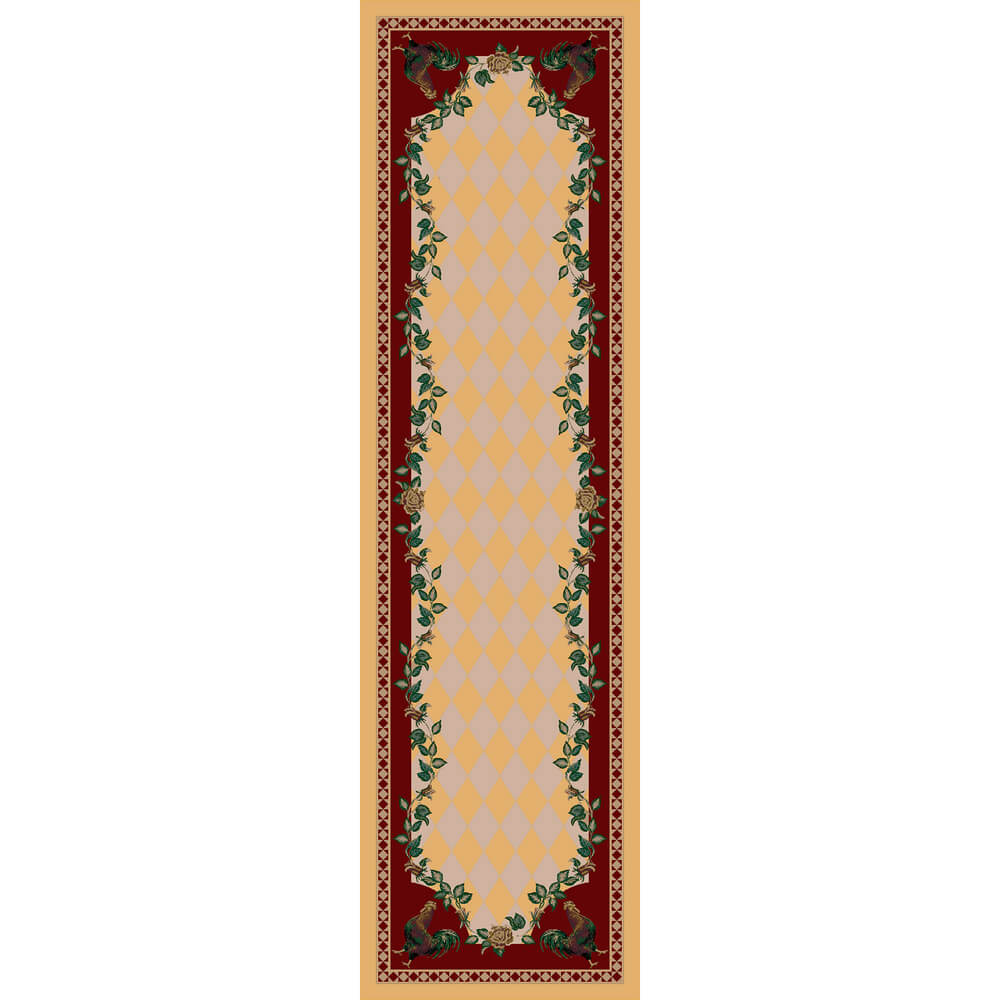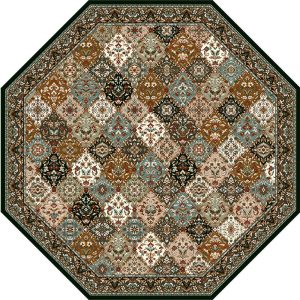Rug-making, an ancient craft woven into the fabric of human history, encompasses a diverse array of techniques that transcend time and culture. Each method carries a unique story, reflecting the artistic vision and cultural nuances of the artisans who breathe life into these textile masterpieces. In this comprehensive exploration, we unravel the intricacies of various rug-making techniques, delving into the craftsmanship that elevates rugs from functional floor coverings to captivating works of art.
1. Hand-Knotted Rugs: The Epitome of Craftsmanship
At the zenith of rug-making stands the hand-knotted technique, an intricate process that involves skilled artisans tying individual knots by hand onto a loom. This meticulous method results in rugs of exceptional quality, durability, and a luxurious feel underfoot. Each knot is a labour of love, contributing to the creation of rugs that transcend mere decor to become timeless expressions of art. The hand-knotted process allows for unparalleled intricacy in design, making each rug a unique masterpiece that stands as a testament to the artisan’s dedication and skill.
2. Tufted Rugs: Pioneering Plushness in Modernity
Tufted rugs introduce a contemporary touch to the traditional art of rug making. Using a tufting gun, artisans punch yarn through a fabric base, creating loops or cut piles. This method allows for a plush and soft texture, making tufted rugs a popular choice for those seeking comfort without compromising style. The versatility of tufted rugs extends to various patterns and designs, adding a modern flair to any space. Whether adorned with geometric motifs or abstract expressions, tufted rugs stand as versatile canvases for artistic exploration.
3. Flatweave Rugs: Woven Narratives of Tradition
Flatweave rugs, born from the age-old technique of weaving on a loom, weave narratives of tradition and craftsmanship. This method creates a flat surface without a pile, resulting in rugs that are reversible and well-suited for high-traffic areas. The absence of a pile makes flatweave rugs easy to clean and maintain, enhancing their practicality. Diverse patterns, including geometric designs and intricate motifs, cater to a wide range of design preferences, making flatweave rugs timeless additions to both contemporary and traditional settings.
4. Hooked Rugs: Whimsical Artistry underfoot
Hooked rugs embrace a playful and artistic approach to rug making. Artisans create these rugs by pulling loops of yarn or fabric through a stiff woven base, forming vibrant and textured designs. Often featuring whimsical patterns and bold colours, hooked rugs inject a sense of joy and creativity into a space. Their casual and inviting aesthetic makes them ideal for adding warmth to various settings. Hooked rugs, with their charming imperfections, carry an artisanal touch that resonates with those who appreciate the beauty of handmade creations.
5. Braided Rugs: A Homespun Haven
Braided rugs evoke a sense of homespun charm, crafted by intertwining strips of fabric or yarn into a spiral or oval shape. This technique, rooted in early American homes, reflects simplicity and durability. Braided rugs exude a timeless appeal, adding a touch of heritage to modern interiors. Their rustic charm and enduring craftsmanship make braided rugs not just floor coverings but symbols of a bygone era, embracing the warmth and comfort of traditional homesteads.
6. Hand-Hooked Rugs: Artistic Expressions Unleashed
Hand-hooked rugs elevate rug-making to the realm of artistic expression. Crafted by pulling loops of yarn through a canvas base using a hook, this technique allows for intricate designs and detailed motifs. The hand-hooking process gives artisans the freedom to create personalised and unique pieces, making these rugs a canvas for creative expression. Hand-hooked rugs, with their tactile allure and bespoke designs, stand as individual works of art that capture the essence of the artisan’s imagination.
7. Hand-Tufted Rugs: Blending Craftsmanship and Efficiency
Hand-tufted rugs strike a balance between craftsmanship and efficiency. Artisans use a tufting gun to push yarn through a backing material, creating a loop or cut pile. While this method is less time-consuming than hand-knotting, it still allows for intricate designs and patterns. Hand-tufted rugs often offer a more affordable yet visually appealing alternative to their hand-knotted counterparts. The combination of efficiency and aesthetic prowess makes hand-tufted rugs a popular choice for those seeking the best of both worlds.
8. Machine-Made Rugs: Precision and Reproducibility
The advent of technology has given rise to machine-made animal print rugs, characterised by precision and reproducibility. Automated looms produce these rugs quickly and efficiently, making them more accessible to a wider audience. While lacking the individuality of handmade rugs, machine-made rugs often feature intricate designs and patterns, providing a cost-effective way to introduce style to various spaces. The precision of machine-made rugs ensures consistency, making them suitable for those who prefer a uniform and tailored aesthetic.
Bottom-Line
The world of rug-making techniques is a captivating journey through artistry, tradition, and innovation. Each method brings forth unique characteristics, ensuring that rugs transcend mere floor coverings to become integral elements of interior design, telling stories of cultures, craftsmanship, and the boundless creativity of artisans. As we explore the diverse techniques, we uncover the threads that connect us to the rich tapestry of human history, where the art of rug-making continues to flourish across time and borders.




























